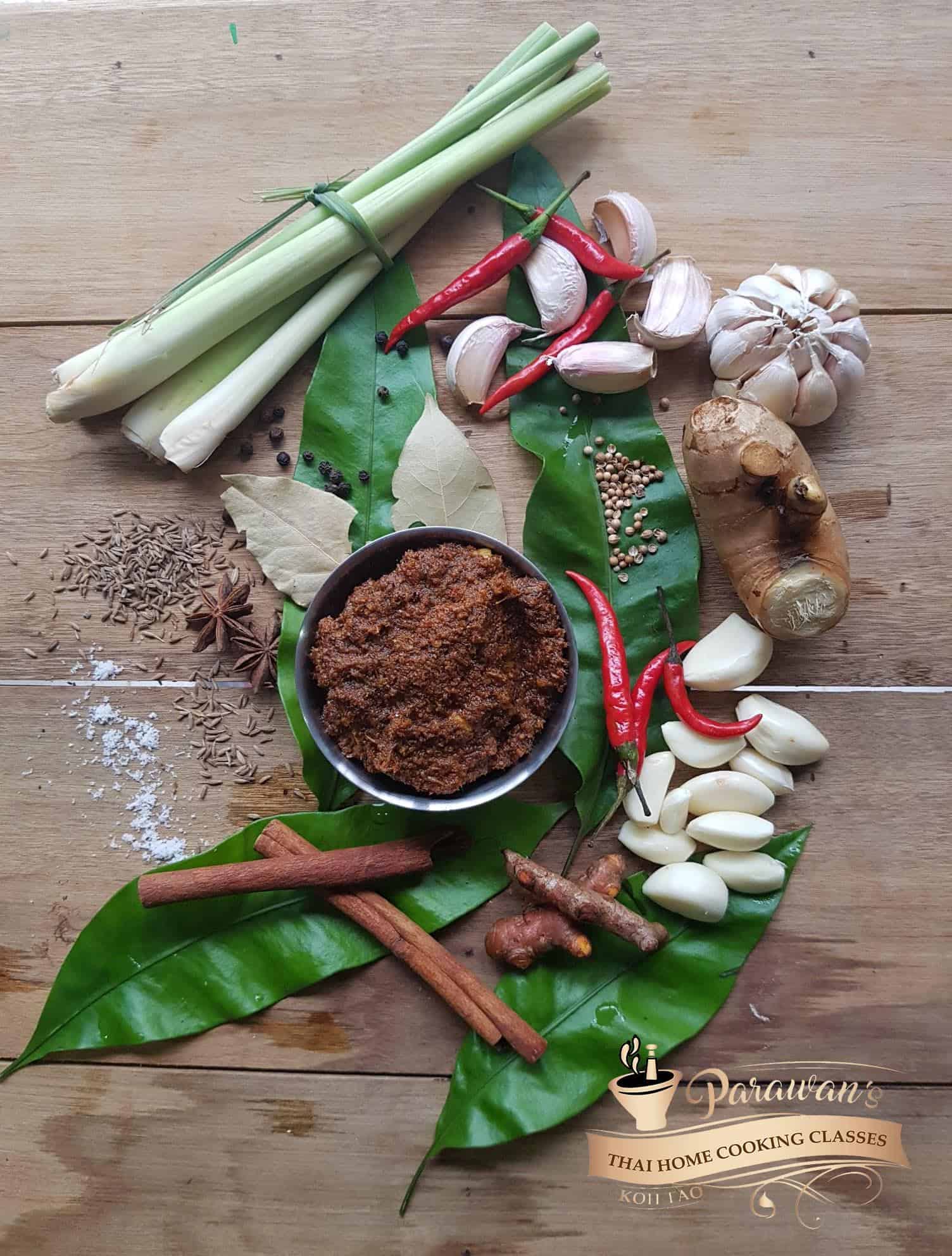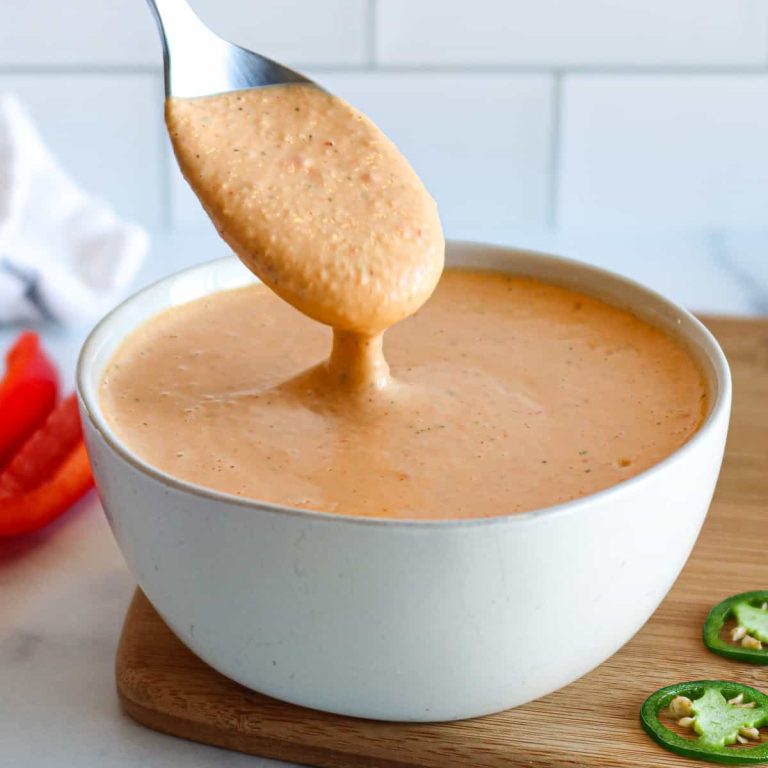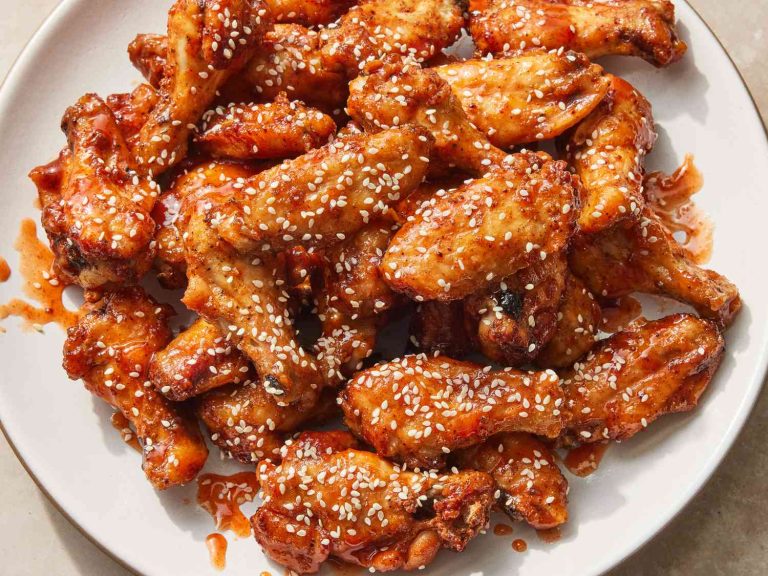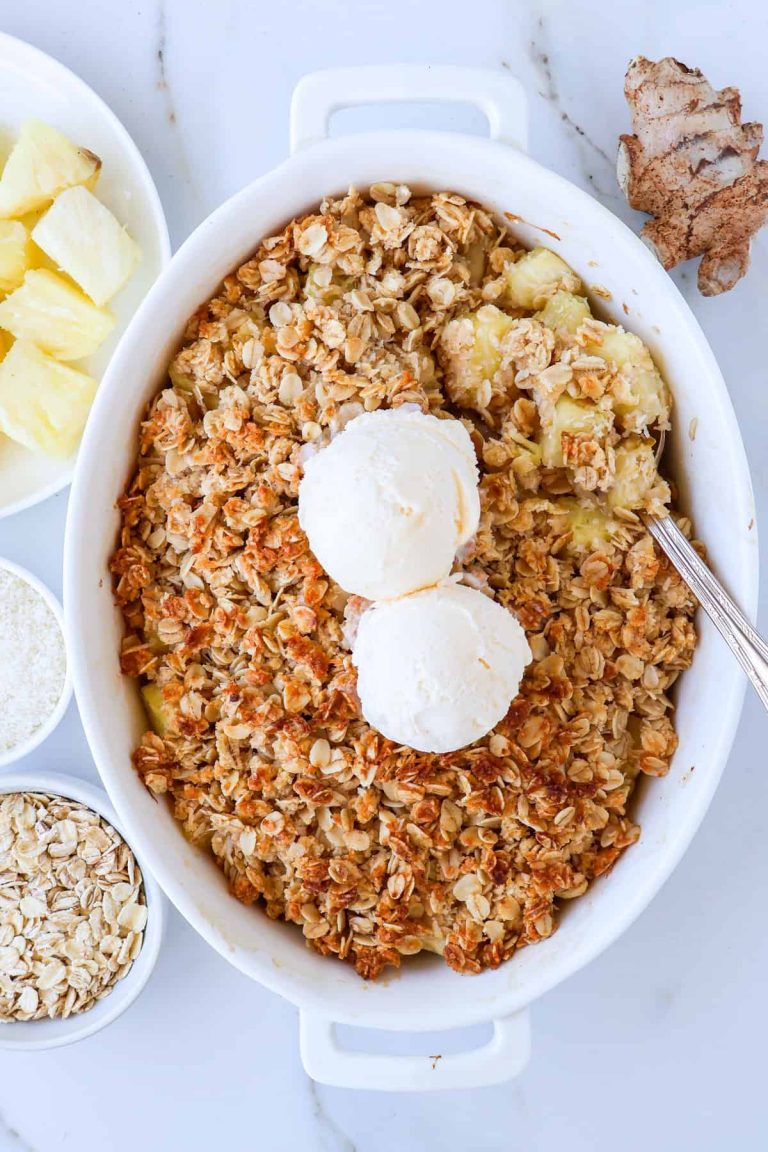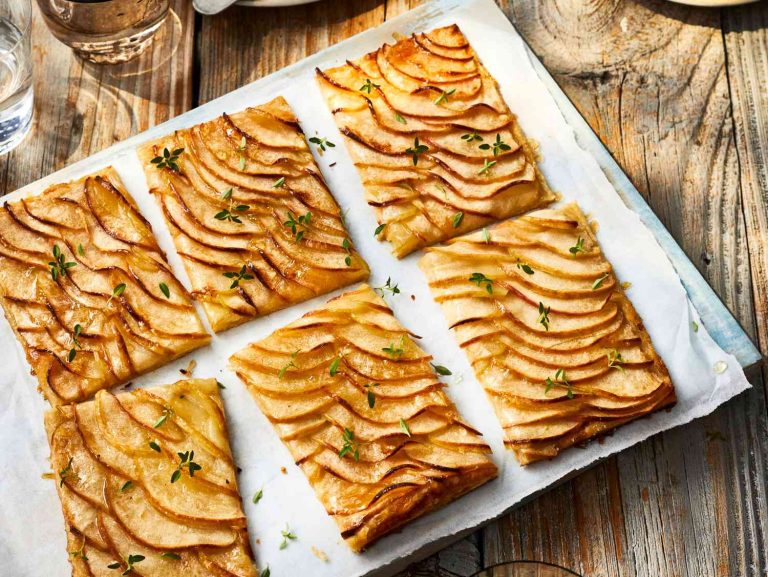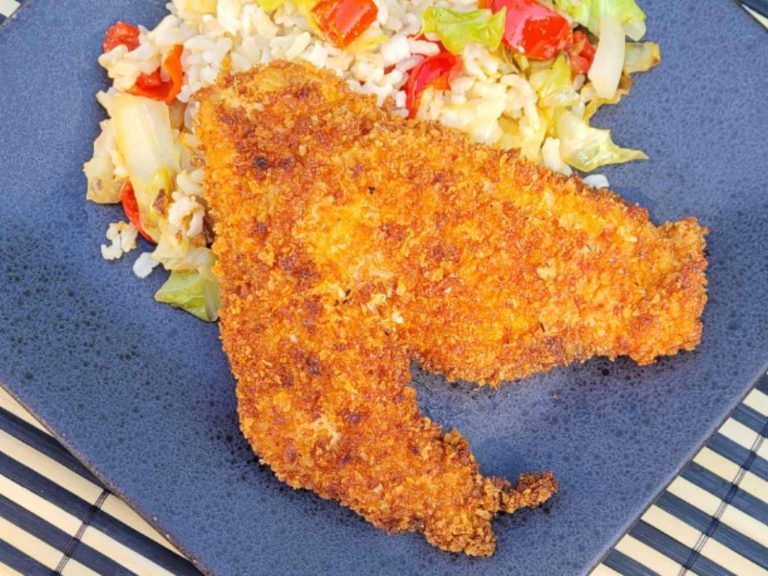Chicken Massaman Curry: Origins, Ingredients, and Health Benefits Explained
Chicken Massaman Curry combines Thai culinary traditions with influences from Persian, Indian, and Malay cuisines. The term “Massaman” derives from “Mussulman,” an archaic word for Muslims, pointing to its roots connected to Muslim traders who introduced spices to Thailand.
King Rama II’s Reign marks a significant period for Massaman Curry’s history. During the early 19th century, trade with Persia expanded, and the Thai royal court adopted various Persian dishes. Chicken Massaman Curry is believed to have emerged from this cultural exchange, integrating Persian spices like cardamom and cinnamon with local Thai ingredients.
Notable Ingredients play a crucial role in distinguishing Massaman Curry. Unlike other Thai curries, it incorporates dry spices such as cumin and cinnamon, commonly used in Indian and Persian cooking. These flavors, combined with Thai elements like lemongrass and galangal, create a unique taste profile.
Regional Variations exist within Thailand. Southern Thai cuisine often features Massaman Curry with a stronger influence from Malay and Indian dishes, reflecting the region’s historical trade connections. In Northern Thailand, you may find variations with more emphasis on local herbs and spices.
Historical Texts and Recipes provide insight into the evolution of this dish. Manuscripts from the 19th century, such as “The Pillow Book of Lady Chao Phraya,” include recipes for early versions of Massaman Curry, showcasing its longstanding presence in Thai cuisine.
Understanding Chicken Massaman Curry’s origin and history adds depth to its complex flavors. This dish is a testament to Thailand’s rich cultural fusion, preserving the legacy of past trade routes and culinary innovations.
Key Ingredients in Chicken Massaman Curry
Chicken: The Star of the Dish
Chicken takes center stage in Chicken Massaman Curry, providing a tender and succulent protein that complements the rich curry sauce. Use chicken thighs or drumsticks for the best texture; their higher fat content keeps the meat moist during the cooking process. Bone-in pieces add depth to the dish, infusing the curry with flavorful juices.
Massaman Curry Paste and Its Components
Massaman curry paste is essential for the dish, giving it a unique and rich flavor. It combines a variety of ingredients, each playing a crucial role in the overall taste:
- Dried Red Chilies: Add heat and color.
- Lemongrass: Provides a fresh, citrusy note.
- Galangal: Contributes an earthy, spicy flavor.
- Coriander Roots: Adds depth and aroma.
- Shallots and Garlic: Bring sweetness and pungency.
- Shrimp Paste: Introduces a salty, umami element.
- Spices: Include cumin, cardamom, cinnamon, and cloves for a distinctive taste.
Additional Spices and Flavor Enhancers
Several essential spices and enhancers elevate the dish:
- Tamarind Paste: Adds sourness to balance the curry’s flavors.
- Fish Sauce: Contributes salty and umami notes.
- Coconut Milk: Offers creaminess, balancing the spices.
- Palm Sugar: Provides a subtle sweetness.
- Bay Leaves: Enhances the aromatic profile.
- Roasted Peanuts: Add texture and a nutty flavor, completing the dish’s complex taste.
These ingredients, combined properly, create Chicken Massaman Curry’s signature flavor—an exemplar of Thai culinary fusion with historical roots.
Cooking Techniques for the Perfect Chicken Massaman Curry
Preparing the Ingredients
Gather fresh chicken, Massaman curry paste, tamarind paste, fish sauce, and coconut milk. Freshness ensures flavors meld well. Clean and cut the chicken into bite-sized pieces for uniform cooking. Set aside other spice ingredients such as cumin and cinnamon. Dice potatoes, onions, and carrots into even pieces to maintain a consistent texture after simmering.
Simmering to Perfection
Heat oil in a large pot, then add the Massaman curry paste. Stir-fry until aromatic, releasing essential oils. Add chicken pieces, searing until lightly browned. Pour in coconut milk, stirring to combine with the curry paste. Maintain a low simmer, adding potatoes, onions, and carrots. Cover the pot, letting it simmer for 30-40 minutes until chicken is tender and vegetables are soft. Stir occasionally to prevent sticking. Add tamarind paste and fish sauce during the final 10 minutes. Check seasoning, adjusting with salt or sugar if needed. Serve hot with steamed rice.
Serving Suggestions for Chicken Massaman Curry
Accompaniments and Pairings
Rice: Serve Chicken Massaman Curry with jasmine rice, which balances the rich, spiced flavors. Steamed white rice keeps the dish traditional.
Bread: Pair the curry with flatbreads like naan or roti. These breads complement the creamy curry sauce and add a hearty touch.
Vegetables: Include side dishes like steamed broccoli, sautéed spinach, or a fresh cucumber salad. These vegetables provide a fresh, crisp contrast.
Salads: Offer a Thai green papaya salad. Its tanginess and crunch complement the rich, savory curry.
Beverages: Serve the curry with Thai iced tea or a cold lager. These beverages enhance the meal’s flavors and provide a refreshing balance.
Presentation Styles
Plating: Present the curry in a deep, wide bowl. This allows the sauce to coat the chicken and potatoes evenly.
Garnishes: Add fresh cilantro, lime wedges, and chopped peanuts on top. These garnishes enhance the visual appeal and introduce extra flavors.
Side Plates: Use small side plates for rice and accompaniments. This keeps the components separate and visually appealing.
Containers: For a casual setting, serve in traditional Thai ceramic bowls. These containers bring an authentic feel to the meal.
Family Style: In a larger gathering, serve the curry in a large communal pot. Guests can serve themselves, encouraging a shared dining experience.
Nutritional Value of Chicken Massaman Curry
Chicken Massaman Curry offers a balanced mix of proteins, carbs, and fats. A typical serving contains lean chicken pieces rich in protein, which supports muscle repair and growth. Coconut milk, a key ingredient, provides healthy fats and a creamy texture, enhancing the dish’s overall caloric content.
The carbohydrates in this curry come from potatoes and jasmine rice, which accompany the dish. These carbs offer a steady energy supply. Additionally, Massaman Curry includes spices like turmeric, cinnamon, and cumin that contain antioxidants, known for reducing inflammation and boosting your immune system.
A standard serving of Chicken Massaman Curry typically includes:
| Nutrient | Quantity per Serving (1 cup) |
|---|---|
| Calories | 350-400 kcal |
| Protein | 20-25 grams |
| Carbohydrates | 25-30 grams |
| Fats | 20-25 grams |
| Fiber | 3-5 grams |
| Sodium | 600-800 mg |
Chicken Massaman Curry also provides essential vitamins and minerals. For example, it includes Vitamin A and C from vegetables like carrots and bell peppers, boosting skin health and immune function. Coconut milk contributes iron and magnesium, vital for red blood cell formation and muscle function.
Monitoring portion sizes can help manage calorie intake, especially if you’re watching your diet. Its balanced nutrient profile makes Chicken Massaman Curry a wholesome meal choice when eaten in moderation.
Conclusion
Chicken Massaman Curry stands out as a delightful fusion of diverse culinary traditions, making it a unique dish worth exploring. Its rich history and combination of flavors from Thai, Persian, Indian, and Malay cuisines offer a taste experience that’s both exotic and comforting. The balanced nutritional profile ensures it’s not just delicious but also a healthy choice when enjoyed in moderation. Pair it with jasmine rice, flatbreads, or vegetables to complete your meal. Whether you’re a seasoned cook or a novice in the kitchen, Chicken Massaman Curry is a dish that promises to impress and satisfy.
